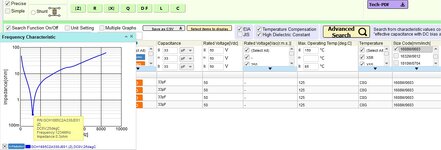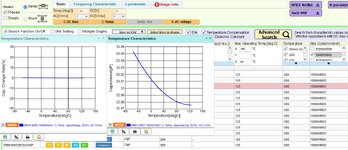HardwareGeek
Newbie

Hi All,
I am designing a board based on GPS and LTE modules. I have read many Google threads for HW design guidelines, and I found many have suggested using a 33 pF capacitor to eliminate noise from GSM 900 MHz, while a 10 pF capacitor could eliminate noise from the DCS 1800 MHz frequency on power pins and other near-by semiconductor ICs (audio). I had tried to find the theoretical calculation behind it but didn't have success. Can anyone help me understand the reason behind this specific value?
By using Xc = 1 / (2πfC), at 900 MHz, 33 pf has a lower impedance (5Ω), effectively acting as a short circuit for high-frequency noise. But why 33 pf, not 22 pf or any other value?
I am designing a board based on GPS and LTE modules. I have read many Google threads for HW design guidelines, and I found many have suggested using a 33 pF capacitor to eliminate noise from GSM 900 MHz, while a 10 pF capacitor could eliminate noise from the DCS 1800 MHz frequency on power pins and other near-by semiconductor ICs (audio). I had tried to find the theoretical calculation behind it but didn't have success. Can anyone help me understand the reason behind this specific value?
By using Xc = 1 / (2πfC), at 900 MHz, 33 pf has a lower impedance (5Ω), effectively acting as a short circuit for high-frequency noise. But why 33 pf, not 22 pf or any other value?



